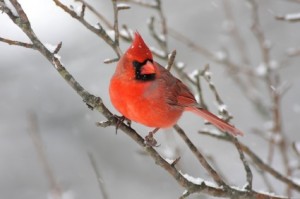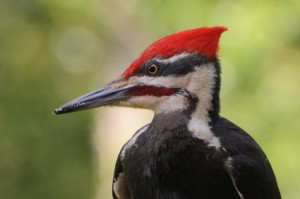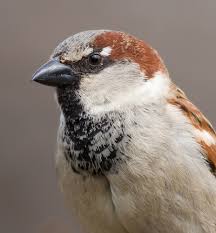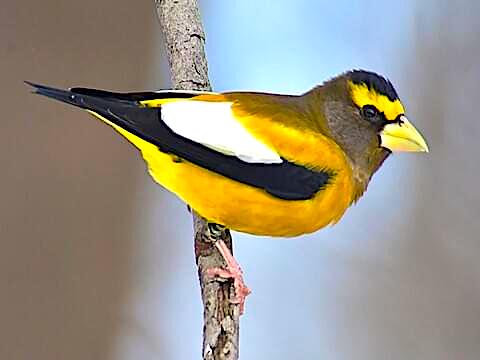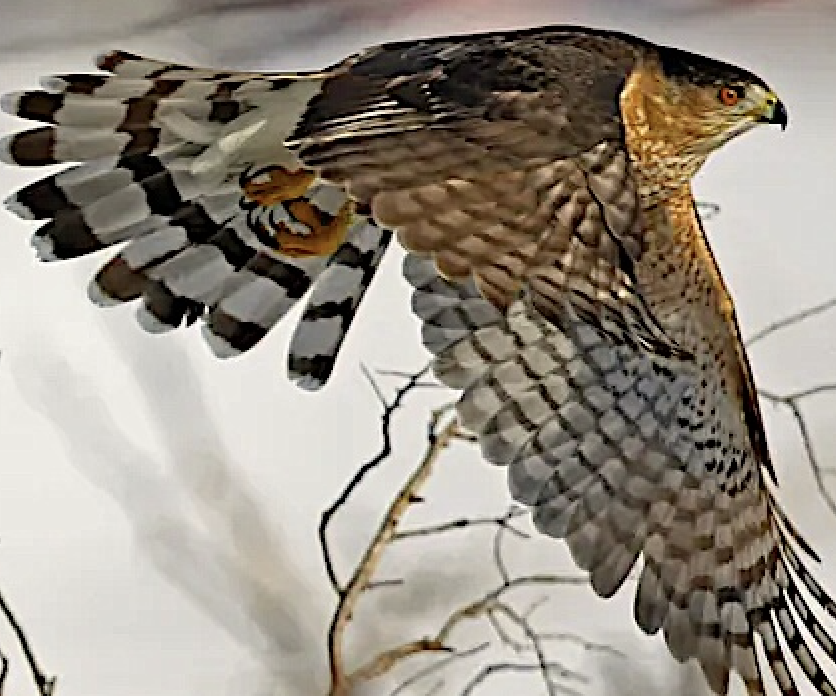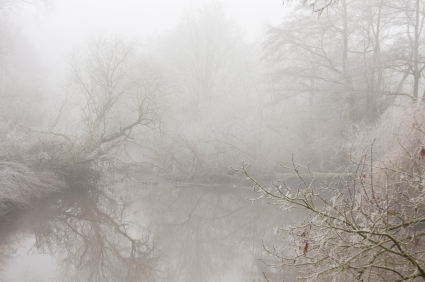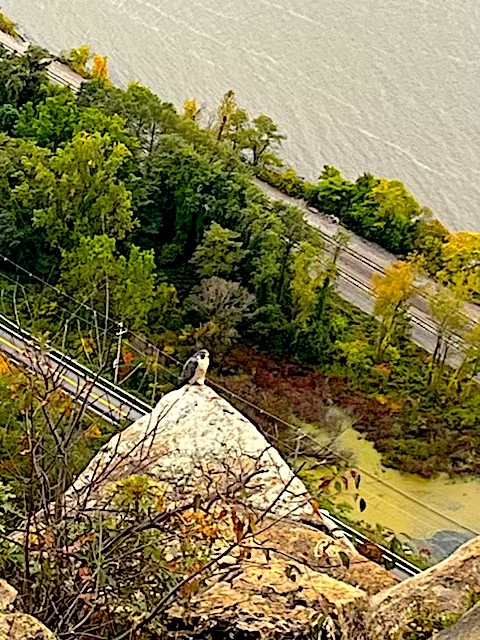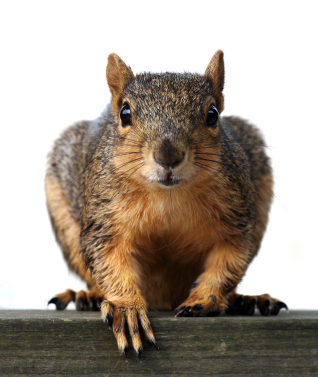Mac must’ve gone about 200, and the asshole with the rifle must’ve been about that much too, and I’m not sure what I weighed since I hadn’t measured since I’d wrestled in college and didn’t care. Especially then, with that rifle not exactly pointed on us but carried in a sloppy way that had menace in it just the same.
And I have no idea what the bear weighed but it was enough to draw all our attention while Mac made a move he’d learned in the CPD I guess and got that rifle away from the asshole with a quick twist.
Shit. All that action had totally overshadowed what had started out as a red-letter day for me, and now it was turning into something else, maybe a red alert day. I’m not going to talk about it until maybe later, because for now I gotta talk about the bird as this is a bird story, in fact an EAGLE story. Distracting actions, although they are part of a good hike and a good life, kinda spoil it.
I’d started early under the false idea that you get to see early birds if you are one yourself, but that’s never proven true for me. I find the time before actual daylight is actually quiet out there where you look for wild birds. I wasn’t here on a general quest for birds, although I must admit this part of the world had more than its share of Pileated Woodpeckers and I’d been pleased to see ‘em. But I was looking for my first Bald Eagle.
I was way younger then, an eagle-sighting virgin. The proprietor of a dreary fish camp on the small lake we’d found in this part of the godforsaken U.P.—or Upper Peninsula—told us he’d seen a Bald Eagle nest not far from the trail I’d been on. So I’d headed out early on that trail, and sure as shootin’ I found the big nest and a Bald Eagle was sitting on it as the sky lightened over the treetops where this monster bird sat, and I got a good view. This was, or should’ve been, the highlight of that day to remember. Not so fast. Later that day Mac and I hiked into those same woods on a different trail, and we were in there pretty deep when this asshole in camouflage with the rifle steps out from behind a tree, and Mac whispered “This guy’s been watching us, taking a bead, jeez.”
Then before anything more happened all three of us turned at the sound of a black bear crunching foliage and maybe grunting a little as it lumbered out of the lumber not far from us. It was big and black. And, well, saying it was big doesn’t cover it—that bear was BIG and who cared what it weighed.
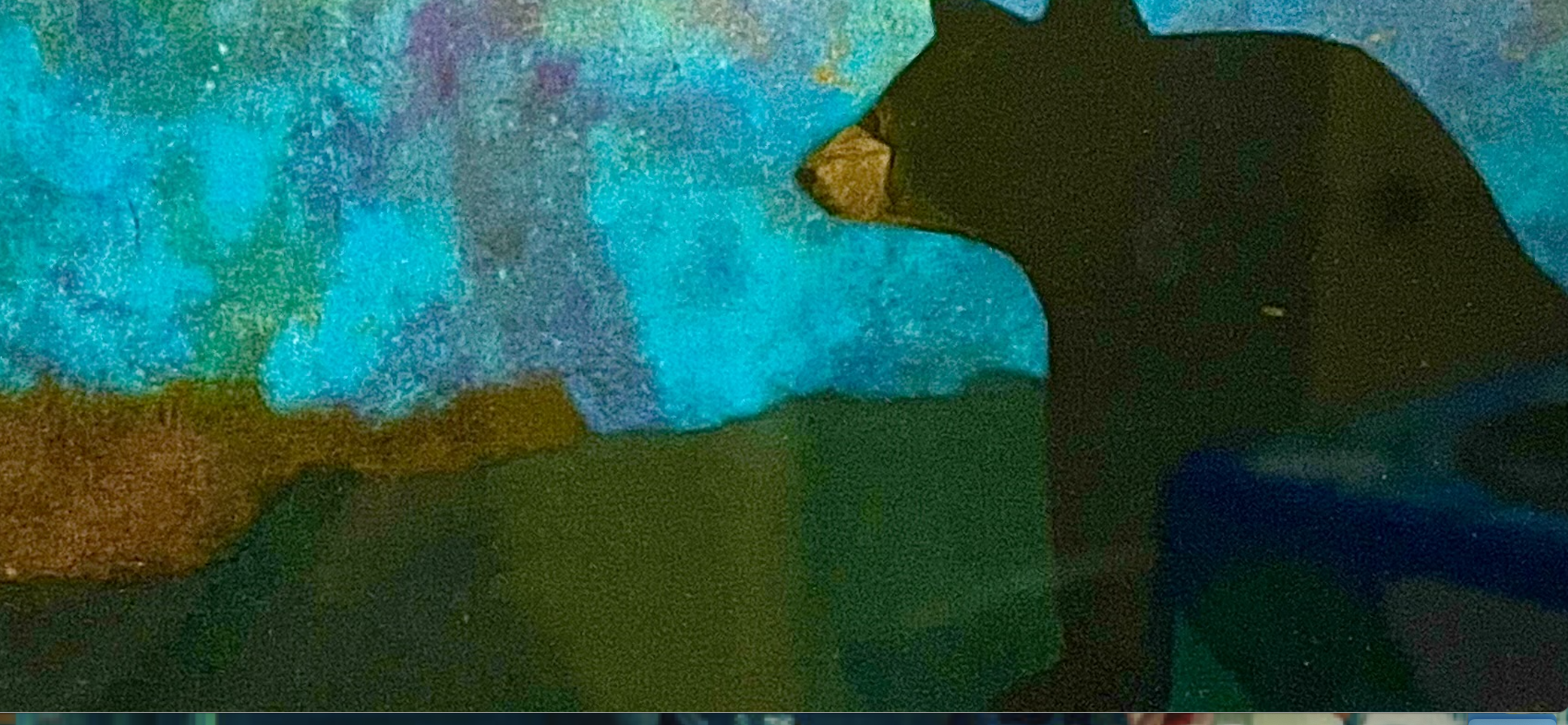
But while we all watched it, I caught a glimpse of Mac take a quick step into the asshole and do some kind of twist move, by which he now had the asshole’s rifle and he was doing something with it too quick for me to understand, but it had clicks and metallic chunky sounds and then some long bronze bullets were in Mac’s mitt. Then them and the rifle all went sailing hard and far into the trees where I guess they could be found someday if a guy got lucky but this asshole who had clearly presented a threatening distraction, now disarmed, just glared at us. Then Mac did another quick-step toward him, a feint. The guy backed away, fast, then ran off into the trees where he tangled in a thicket and fell down as Mac actually laughed, but the guy got up and kept running.
All this happened fast. I turned my attention then to the bear, but the bear probably saw too much of what he didn’t like in his quiet forest of the deep dense U.P. and he took off too, but in the other direction, a flabby barrel of black fur disappearing, showing us his ass as they say, which means “showing fear,” something you don’t ever get from Mac who now laughed a second time.
And I said, “Damn, Mac, this had started out as a red-letter day, and you’ve made it into a lot more and now my Bald Eagle sighting has to take a back seat to all this.” It was my first eagle too!
And Mac started in with that Tennyson quote he likes, “Hey, man, we’re out here where it’s “nature, red in tooth and claw,” or something like that, and it’s one of my favorites too so I kind of forgave him for spoiling my eagle virginity day.
But shit—the bald eagle of this early morning happened on the same day I saw a big black bear which Mac scared off by flinging a rifle, spinning it into the woods near the bear. And I’d never seen a bear in the wild either—let alone my eagle! And it was the same day we ran into a maybe-ambush by a backwoods asshole with a RIFLE, and Mac made some kind of police department move on the guy, all this out in the sticks a million miles from Chicago where I guess he was at home with such moves.
And all this spoiled my first eagle sighting.
But damn, that was fun. And still and all, I do have that eagle to remember with its big white head and big dark body and big yellow weapon of a beak and big, yellow-knuckled claws and I have no idea what it weighs either, and don’t care. What I care is: I saw it. Since then, I’ve seen others, but you always remember your first.




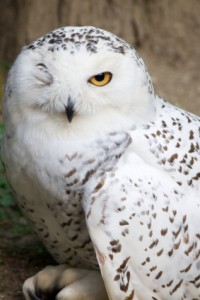
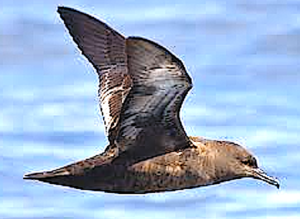
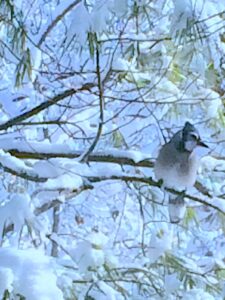
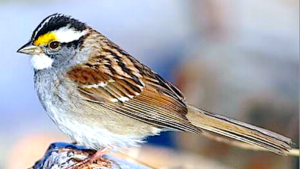 Moving on, I notice there’s some new coyote scat on the trail.
Moving on, I notice there’s some new coyote scat on the trail.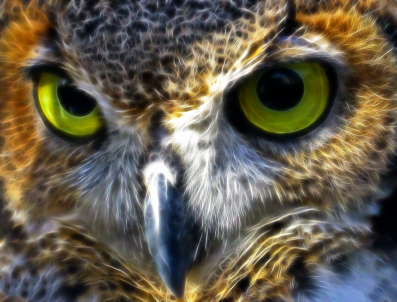
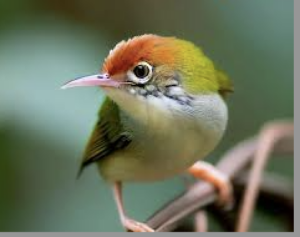
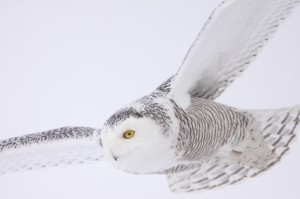
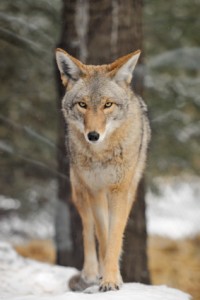 And on your walk you might see a coyote with steaming breath staring hungrily at your pooch, and you might see a few freezing squirrels who were smart enough to take care of their nuts, and you might see a cardinal, some nuthatches and sparrows. Hardy winter birds you expect—expectations met.
And on your walk you might see a coyote with steaming breath staring hungrily at your pooch, and you might see a few freezing squirrels who were smart enough to take care of their nuts, and you might see a cardinal, some nuthatches and sparrows. Hardy winter birds you expect—expectations met.